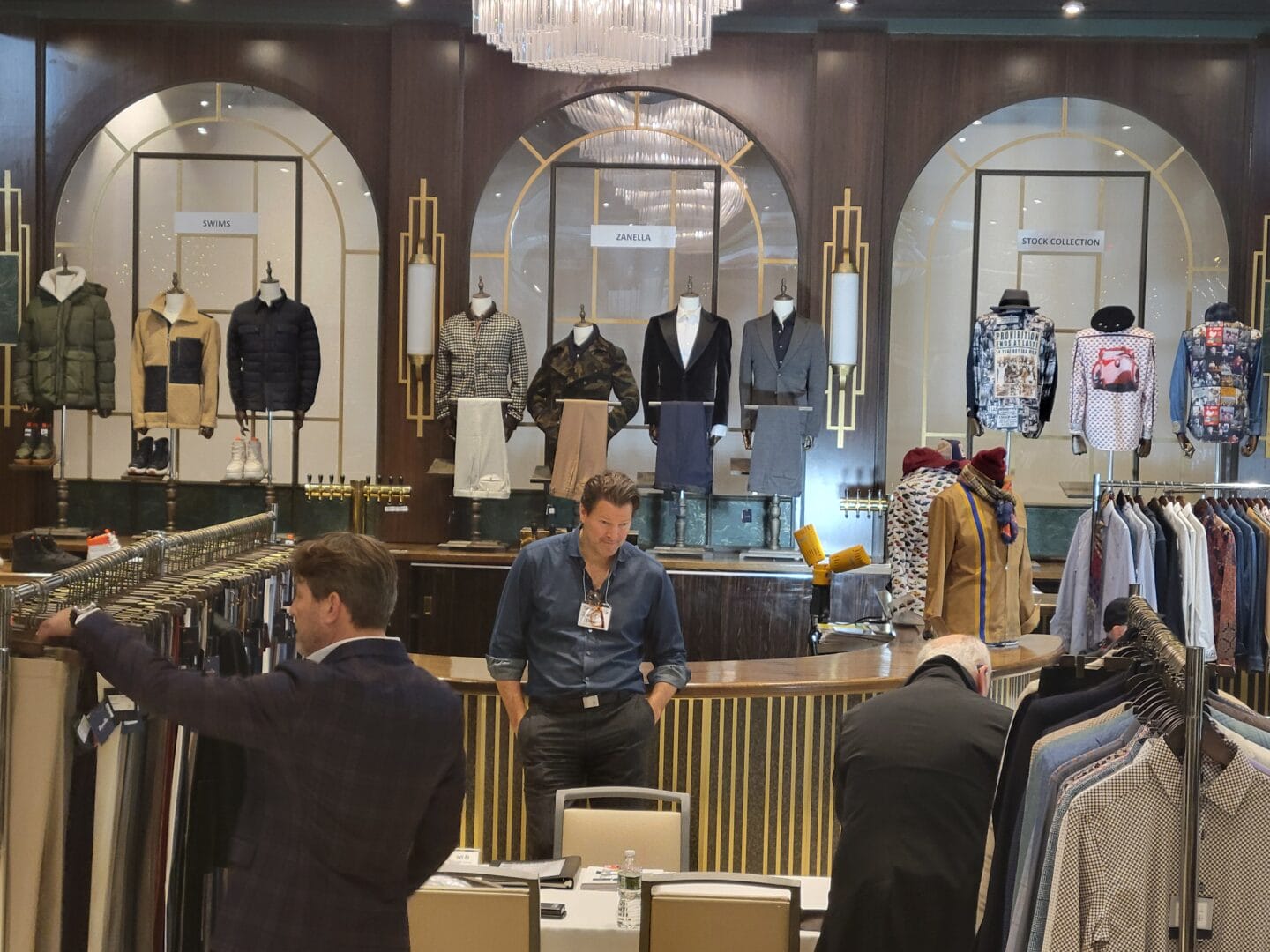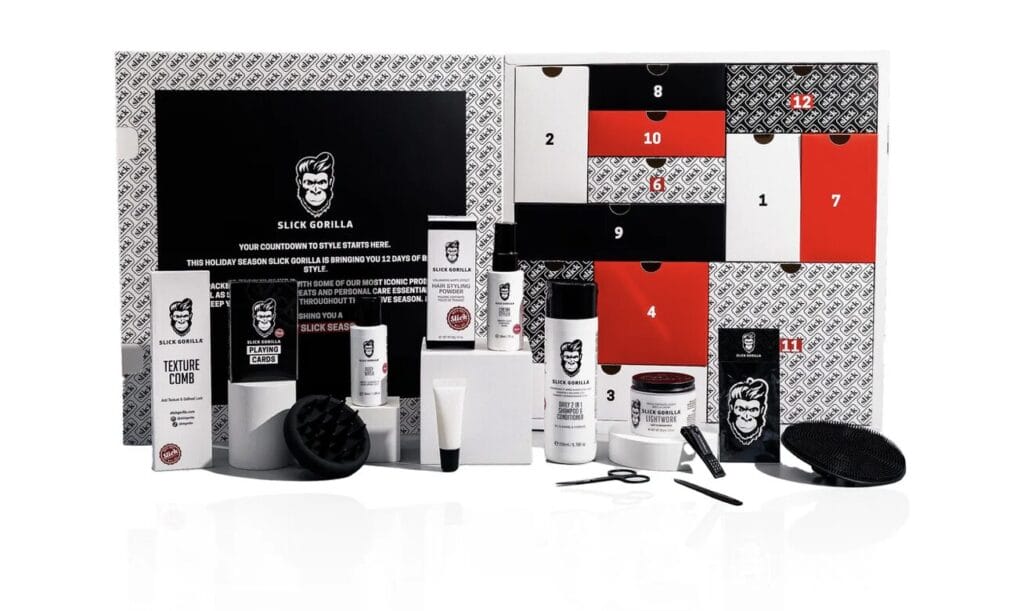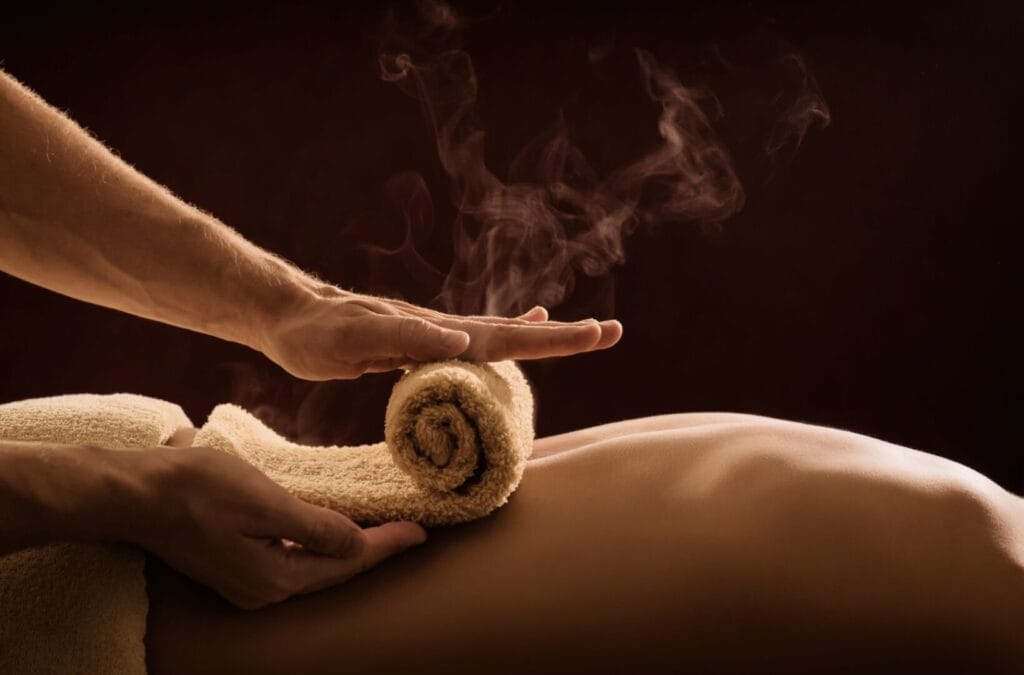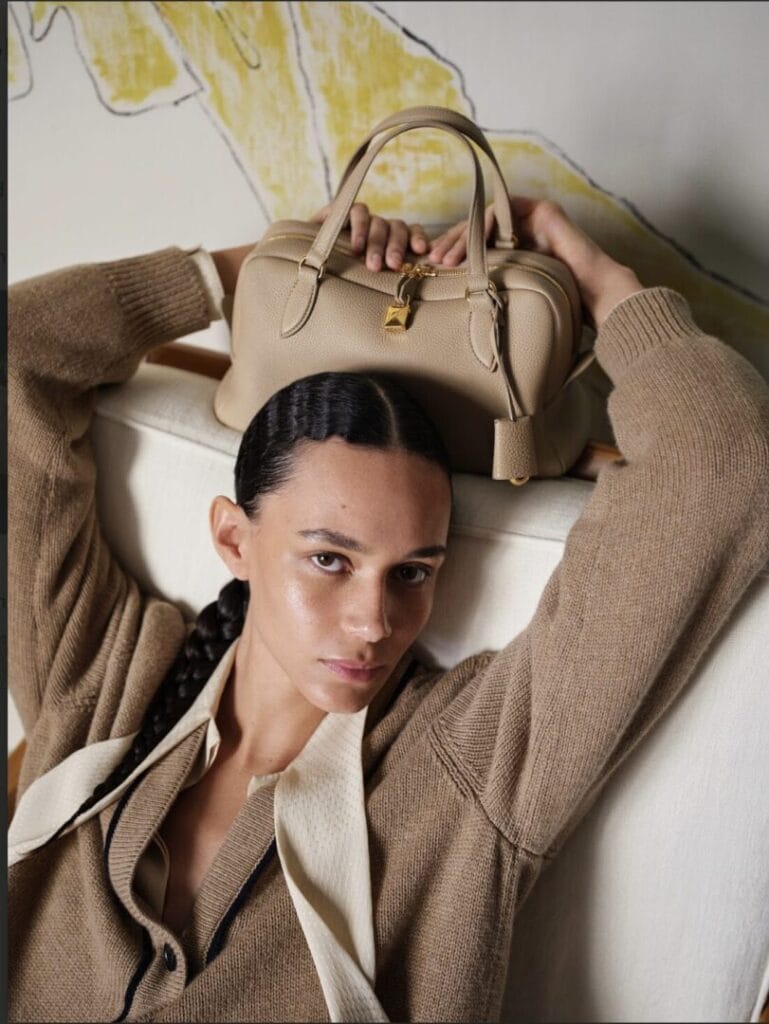New York City has long been the epicenter of American menswear, setting the tone for each season with its dynamic blend of heritage and innovation. For over a decade, New York’s Best Menswear Show has anchored that momentum—surviving economic shifts, a global pandemic, and the ever-evolving tastes of the modern male consumer. As someone who’s covered the menswear industry for years, I can say with confidence: this show is more than a marketplace—it’s a movement.
Don Wechsler, the visionary behind the event, has built a platform that prioritizes convenience, comfort, and affordability for both vendors and visiting retailers. His approach is refreshingly collaborative, with built-in advertising support and a shared commitment to making the show a success for all participants. It’s this ethos that has allowed the event not only to endure but to thrive in a post-COVID landscape.
But this story isn’t just about one show—it’s about the broader ecosystem of menswear trade fairs, and why they remain essential in 2025.
A Brief History: How Trade Fairs Shaped American Menswear
Menswear trade fairs have long served as the backbone of the fashion industry’s wholesale business. In the mid-20th century, New York’s Garment District was the beating heart of American menswear, where buyers and designers met in cramped showrooms to preview seasonal collections. As fashion globalized, trade fairs evolved into more structured, curated events—offering centralized access to brands, buyers, and media.
By the 1980s and 1990s, shows like MAGIC in Las Vegas and Project in New York began to dominate the landscape, attracting thousands of attendees and showcasing everything from tailored suiting to streetwear. These events became launchpads for emerging designers and essential touchpoints for established labels.
“Menswear trade fairs are entering a transformative era where physical presence and digital innovation will coexist to redefine how brands and buyers connect. As the industry evolves, I foresee artificial intelligence playing a pivotal role in enhancing buyer engagement, streamlining logistics, and personalizing outreach—while the tactile experience of feeling fabrics and assessing fit will remain irreplaceable- for now! The future of trade fairs lies in hybrid models that merge the emotional impact of in-person interaction with the efficiency of smart technology, creating a more dynamic and data-driven marketplace.“—Joseph DeAcetis, Editor at StyleLujo.com and Professor at the Fashion Institute of Technology
Today, in a post-pandemic world, the role of trade fairs has shifted again. They’re no longer just about transactions—they’re about community, storytelling, and cultural relevance. And nowhere is that more evident than in Don Wechsler’s NYC-based menswear show.
What Don Wechsler Is Building—and Why It Matters
Don Wechsler is not just a show organizer—he’s a connector, a curator, and a champion of American menswear. With a background in brand development and a deep understanding of retail dynamics, Don brings a unique perspective to the trade fair model. He doesn’t chase trends—he builds platforms that allow brands to thrive.
His philosophy is simple: make it easy for retailers to discover great product. That means eliminating logistical headaches, offering affordable booth options, and creating a space where brands can showcase their full identity—from head to toe. Don’s show is known for its diverse mix of heritage labels, contemporary favorites, and breakout newcomers, all housed in a single, accessible location.
What sets Don apart is his commitment to collaboration. He works closely with vendors to promote their presence, supports them with marketing tools, and fosters a sense of shared success. In an industry often driven by competition, Don’s approach is refreshingly inclusive—and it’s helping to rebuild NYC’s reputation as the premier destination for menswear sourcing.
Why Trade Fairs Still Matter in the Digital Age
Despite the rise of virtual showrooms and AI-driven retail platforms, physical trade fairs continue to offer irreplaceable value. According to Mintel’s 2025 Global Consumer Trends report, brands that foster real-world experiences are outperforming those that rely solely on digital engagement. Buyers want to touch fabrics, assess fit, and build relationships face-to-face. Trade fairs deliver that tactile, emotional connection.
Statista’s 2025 menswear market analysis also reveals that over 60% of menswear buyers still prefer in-person sourcing for premium and tailored goods, citing trust, quality assurance, and networking as key drivers. This aligns perfectly with Don Wechsler’s strategy of uniting top NYC showrooms and emerging designers under one roof—creating a centralized, efficient hub for discovery and deal-making.
Top 10 Benefits of Showcasing at Menswear Trade Fairs
- Direct Buyer Access – Meet decision-makers face-to-face and build lasting relationships.
- Brand Visibility – Gain exposure among top-tier retailers and media outlets.
- Trend Validation – See how your collection stacks up against market leaders.
- Immediate Feedback – Get real-time reactions from buyers and peers.
- Sales Acceleration – Close orders on-site and shorten your sales cycle.
- Networking Opportunities – Connect with stylists, editors, and influencers.
- Market Insights – Observe buyer behavior and competitor positioning.
- Press Coverage – Increase your chances of editorial features and influencer buzz.
- Community Building – Join a network of like-minded creatives and entrepreneurs.
- Strategic Growth – Position your brand for expansion into new markets.
Trending Now: What’s Hot in Menswear for 2025
According to Mintel’s latest consumer insights, comfort-driven tailoring, knit blazers, and hybrid leisurewear are dominating the menswear landscape. Statista’s data supports this, showing a surge in demand for versatile pieces that transition from office to off-duty, especially among Gen Z and millennial buyers. Brands like Richard Choi, featured at Don’s show, are leading the charge with innovative knit tailoring that blends structure and ease.
Other rising trends include gender-fluid silhouettes, sustainable textiles, and tech-enhanced fabrics that offer breathability, stretch, and durability. The American male consumer is no longer content with rigid dress codes—he wants clothing that reflects his lifestyle, values, and personality.
Exclusive Interview: StyleLujo.com x Don Wechsler Inside New York’s Best Menswear Show
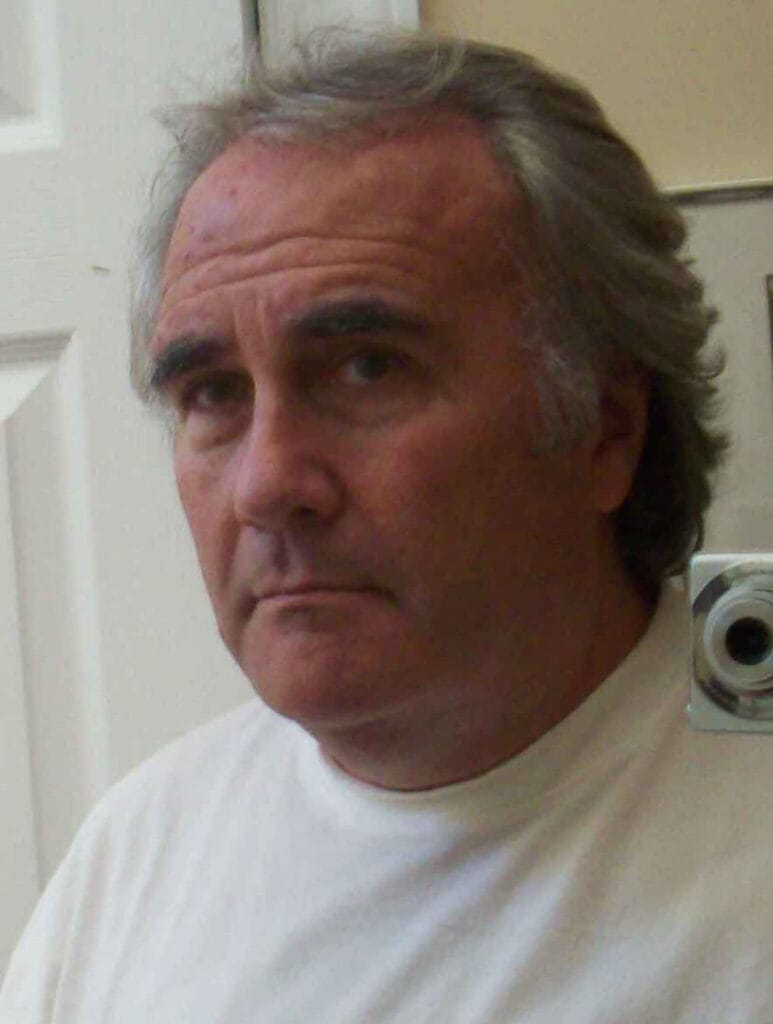
As the fashion industry continues to evolve post-pandemic, trade shows are once again becoming vital hubs for connection, commerce, and creativity. At the heart of this resurgence is New York’s Best Menswear Show, a biannual B2B event that brings together top-tier menswear brands, emerging designers, and influential buyers—all under one roof. Known for its curated mix of style, efficiency, and accessibility, the show has become a must-attend for retailers seeking fresh talent and established excellence. In this exclusive interview, StyleLujo.com’s Joseph DeAcetis sits down with Don Wechsler, the visionary behind the show, to discuss logistics, trends, and the future of menswear in America.
Joseph DeAcetis: What criteria do you use when selecting brands to participate in the New York’s Best Menswear Show, and how do you ensure a balanced mix of heritage, contemporary, and emerging labels?
Don Wechsler: None of those descriptions are a concern. Rather, I make sure I feel the brand will appeal to the better men’s specialty store we attract. So we do end up with brands that dress a man from head to toe.
Joseph DeAcetis: Can you share the current cost range for brands to exhibit at the show, and what are the key deadlines for securing a spot in the upcoming season?
Don Wechsler: Booth space ranges from $3,500 to over $10,000, depending on size and location.
Joseph DeAcetis: What are the biggest logistical or strategic challenges you face in producing a biannual B2B menswear show, and how are you working to overcome them?
Don Wechsler: We have long ago sorted out the logistics, taking over the equipment from third-party companies that continued to disappoint. We handle the equipment and setup in-house so it is efficient, and we can control the costs for vendors.
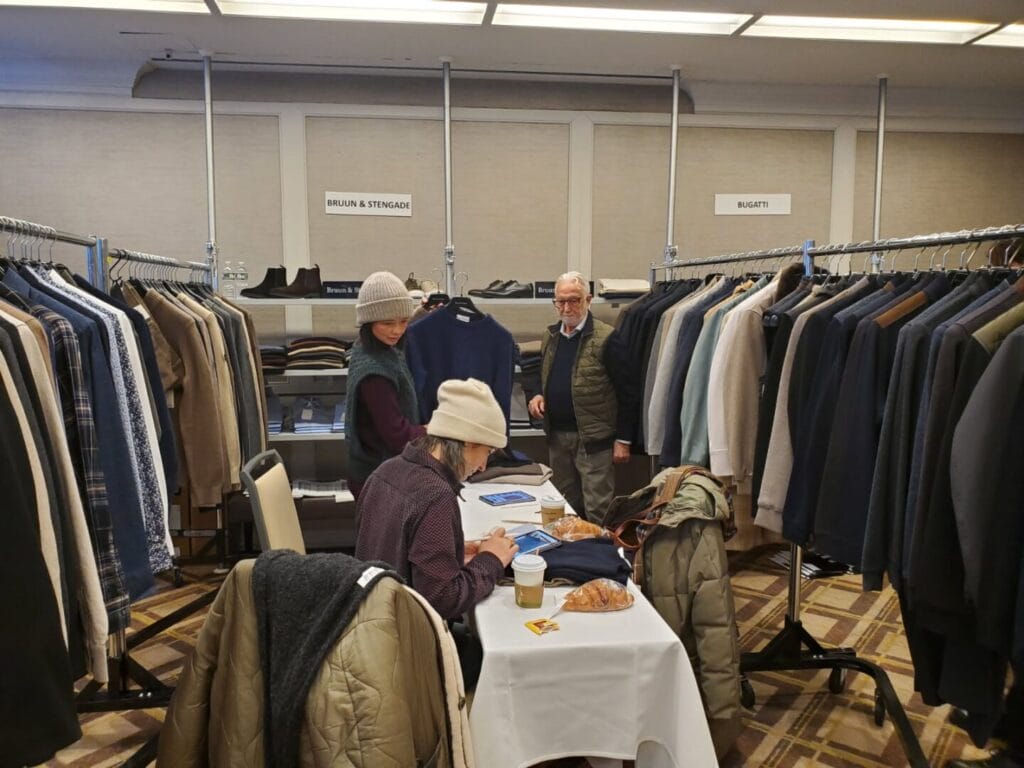
Joseph DeAcetis: How do you market the show to potential exhibitors and buyers, and what channels have proven most effective in reaching the right audience?
Don Wechsler: We make extensive use of the mailing list we have built over the last 10 years, with email marketing, and a proprietary program we developed to send personal invitations to the show.
Joseph DeAcetis: What types of menswear vendors have participated thus far—from tailored suiting to elevated casualwear—and how has that mix evolved over the years?
Don Wechsler: We have Coty award winners like Robert Stock, Robert Comstock, and Alexander Julian to emerging designers like Richard Choi. We have the hottest brands like Johnnie-O to new ones making a statement like Buttercloth (funded on Shark Tank). We are a convenient, efficient location for brands and retailers to meet in the city where fashion leads the market. Stores don’t like to have to navigate the city to see lines in their showrooms, as it wastes their time. Having top brands all in one location is a winning formula.
Joseph DeAcetis: What menswear trends are you seeing emerge most strongly among exhibitors, and how do these reflect the evolving tastes of the American male consumer?
Don Wechsler: I don’t review other lines, since I run the Richard Choi brand. I don’t want us to ever be accused of copying a competitor. That said, Richard is leading the trend to knits in blazers. He has been doing it for over 10 years, and now that Italy is showing it in their top brands, our business is on fire.
Joseph DeAcetis: In your view, how is the American man’s approach to style and wardrobe changing, and how are brands adapting to meet those shifts?
Don Wechsler: Men are starting to dress up more as they return to the office. This revived focus on dressing well is spilling over to their casual wear as well. When men dress better, they look better, and when women and/or their wives tell them so, it reinforces the trend.
Joseph DeAcetis: How do you see artificial intelligence and digital tools influencing the future of B2B fashion trade shows, both in terms of logistics and buyer engagement?
Don Wechsler: I think to appreciate the fabrics, you have to feel the fabrics, try them on to see fit and drape. This is what drives the business in better specialty stores. AI can help with follow-up for better communication to strengthen the relationships and follow-up of retail sales teams and their customers.
Joseph DeAcetis: What has attendance looked like post-pandemic, and what strategies are you using to ensure strong buyer turnout and brand visibility?
Don Wechsler: Shopping habits changed during and now after COVID. Since NYC was shut down, it strengthened the Dallas market as it was the only show open. So building back NYC takes time and persistence, as new shopping habits have developed. Making NYC more compelling requires building a show they want to attend, and the city government making NYC attractive again. Coming to NYC was a trip retailers looked forward to. It is starting to happen as our attendance this past July was the best we have seen since COVID.
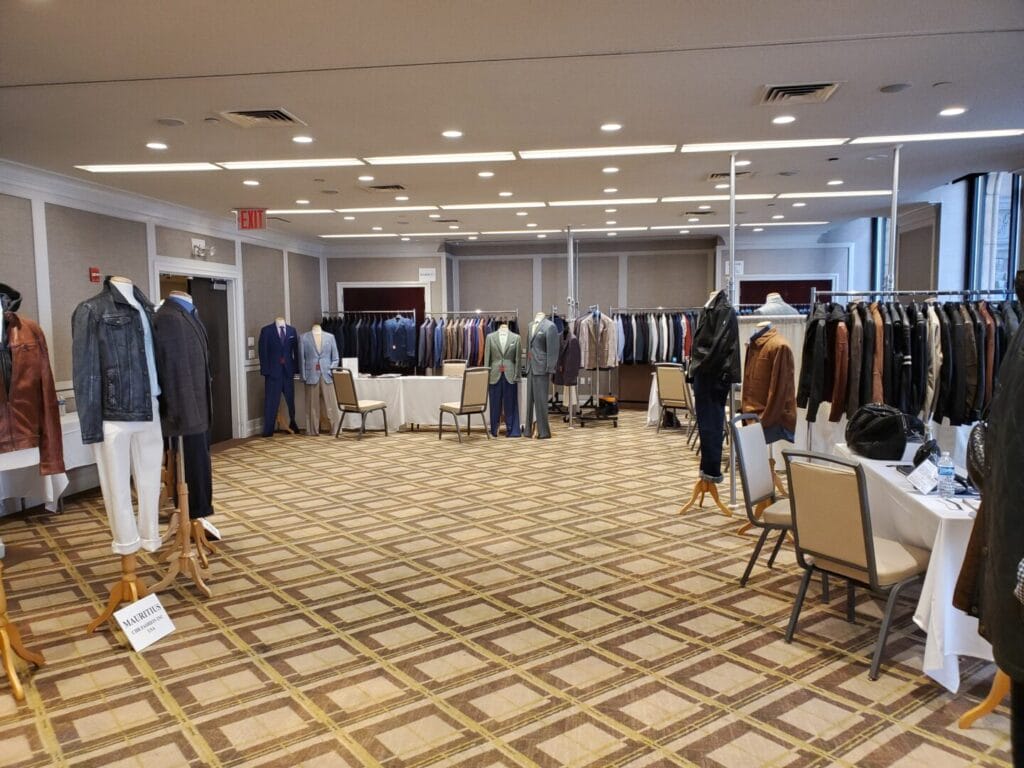
Joseph DeAcetis: What can we look forward to at future editions of the New York’s Best Menswear Show, and how do you plan to continue evolving the platform to meet industry needs?
Don Wechsler: I am working to unite the various shows in the city to one location, and also bring in the top NYC showrooms to the same building. All can remain autonomous, but being together in one spot would revive the NYC market to again be the number one place to shop.
The Future of Menswear Trade Fairs: What’s Next?
Looking ahead, the next five years will bring significant transformation to the trade fair model. Artificial intelligence will play a growing role in streamlining logistics, personalizing buyer outreach, and analyzing trend data. Don Wechsler already sees potential in using AI to enhance post-show communication and strengthen relationships between retail teams and their customers.
Sustainability will also become a central focus. Trade fairs will need to adopt eco-conscious practices—from reducing waste to showcasing brands that prioritize ethical sourcing and circular design. Don’s show is already ahead of the curve, featuring labels that champion responsible production and long-term value.
Finally, expect to see more hybrid events that blend physical presence with digital access. Livestreamed runway shows, virtual booth tours, and interactive buyer dashboards will allow global audiences to engage with trade fairs in new ways—without losing the intimacy and impact of in-person interaction.
Menswear trade fairs are not relics—they’re relevance engines. They offer a rare convergence of commerce, creativity, and community. And in a time when the American man is redefining his wardrobe with purpose and personality, platforms like Don Wechsler’s are more important than ever.
New York City remains the starting point for the U.S. menswear market each season. The longevity of Don’s event—now over a decade strong—is a testament to the value it delivers. By making the experience convenient, comfortable, and collaborative, Don has created a space where brands and retailers can thrive together.
For designers looking to break through, for retailers seeking fresh perspective, and for industry insiders tracking the pulse of menswear—this is where the story begins.
#MenswearTradeFair #NYCFashionWeek #MensStyle2025 #FashionIndustryInsider #MenswearMarket #RetailReimagined #MensFashionTrends #B2BFashionEvents #StyleLujoExclusive #DonWechslerShow
Save Article
